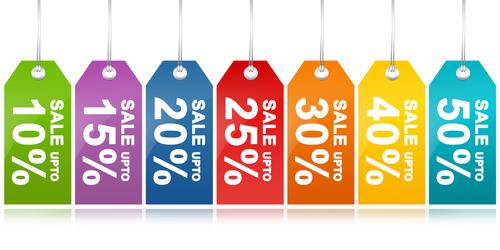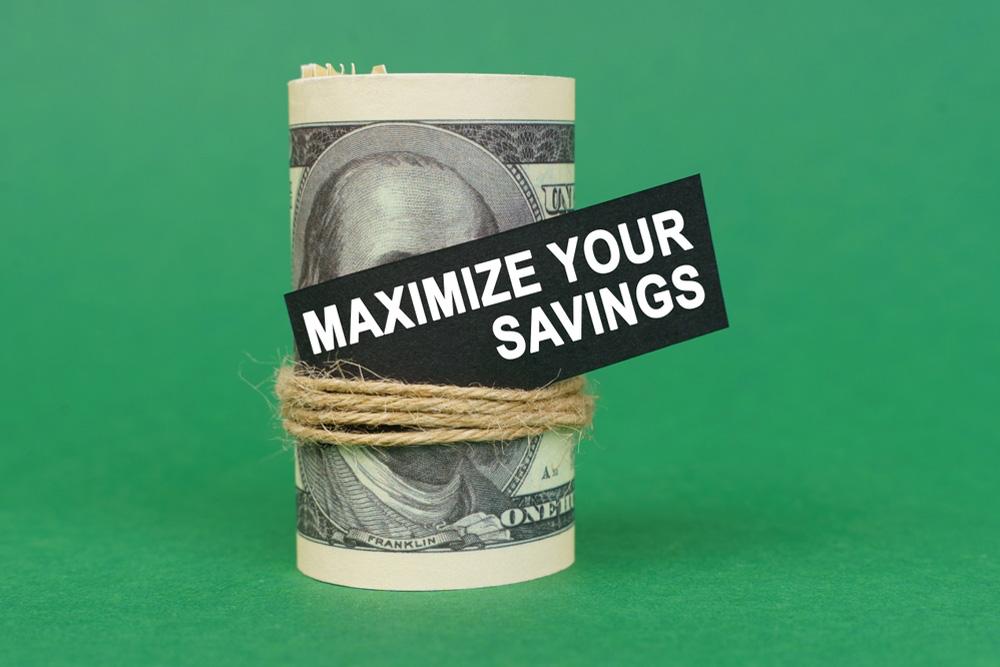In the modern marketplace, where clicks often outweigh footfalls, e-commerce has revolutionized the way we shop. With a virtual storefront accessible at our fingertips, consumers are not just presented with products; they are immersed in a dynamic realm of ever-changing opportunities. Amidst the relentless buzz of online promotions and marketing strategies, one of the most enticing aspects of this digital landscape is the art of discounts. These price reductions, ranging from percentages off to seasonal sales, have become a powerful tool for both retailers and shoppers alike. In “Unlocking Savings: The Art of E-Commerce Discounts,” we delve into the mechanisms behind these enticing offers, exploring the psychological strategies that encourage consumer spending, the tactics employed by businesses to drive sales, and the savvy approaches that can help buyers navigate this vast marketplace without sacrificing their hard-earned money. Join us as we uncover the secrets behind unlocking savings and maximizing value in the ever-evolving world of e-commerce.
Understanding the Psychology Behind E-Commerce Discounts
At the core of e-commerce discounts lies the intricate dance between consumer psychology and pricing strategies. Marketers leverage several psychological principles to create enticing offers that compel shoppers to take action. Scarcity is a powerful motivator; limited-time discounts or exclusive offers can trigger a sense of urgency, prompting consumers to make decisions faster. Additionally, anchoring plays a pivotal role. By showcasing a higher original price alongside the discounted price, consumers perceive greater value in the savings, leading to increased purchase likelihood. The perceived loss of missing out on a deal can sometimes outweigh the actual value of the item itself, emphasizing the psychological impact of discounts.
Moreover, the concept of social proof enhances the effectiveness of e-commerce discounts. Reviews, testimonials, and user-generated content can reinforce a consumer’s decision to buy, especially when discounts are involved. When shoppers see others benefiting from a price reduction, they are more likely to perceive the deal as credible and worthwhile. A well-structured discount system not only attracts customers but also establishes trust and loyalty. The following table illustrates key psychological triggers and their influence on e-commerce purchase behavior:
| Psychological Trigger | Impact on Consumer Behavior |
|---|---|
| Scarcity | Increases urgency and prompts faster decision-making. |
| Anchoring | Enhances perceived value by highlighting savings. |
| Social Proof | Builds trust and encourages purchase through peer influence. |

Strategies for Maximizing Your Savings While Shopping Online
One of the simplest yet most effective ways to save while shopping online is to take advantage of coupons and promo codes. Many retailers offer exclusive discounts that can significantly reduce your total bill. Websites like RetailMeNot and Honey aggregate these codes, making them easily accessible. Additionally, signing up for a retailer’s email list often comes with the perk of receiving personalized coupons and alerts for upcoming sales. Don’t forget to check social media platforms as brands frequently post flash sales and special discount codes to their followers.
Another smart strategy is to utilize price comparison tools before finalizing your purchase. Websites and browser extensions that compare prices across different platforms can help you find the best deal available. On top of this, timing your purchases can lead to greater savings; shopping during festive seasons or major sales events like Black Friday and Cyber Monday typically yields substantial discounts. To illustrate the potential savings during these peak times, consider the following table highlighting average discount rates across common shopping seasons:
| Shopping Season | Average Discount Rate |
|---|---|
| Black Friday | 25% – 50% |
| Cyber Monday | 30% – 60% |
| Summer Sales | 20% – 40% |
| End of Season Clearance | 50% – 70% |

The Role of Timing: When to Shop for the Best Deals
Understanding the ebb and flow of e-commerce deals can be the key to unlocking significant savings. Seasonal sales events are a goldmine for bargain hunters, with retailers offering steep discounts as a strategy to clear out inventory. Black Friday, Cyber Monday, and Back-to-School sales are not just marketing gimmicks; they represent peak shopping periods where you can find prices slashed on a wide array of products. Additionally, consider shopping during off-peak times, such as the months following major holidays, when retailers are eager to boost sluggish sales and may roll out exclusive promotions.
Another effective strategy is to take advantage of time-sensitive sales such as flash sales or limited-time offerings. These sales can create a sense of urgency, prompting consumers to make quicker purchasing decisions. You might also want to subscribe to newsletters or follow social media accounts of your favorite brands to stay in the loop. Here are a few key periods to watch for:
| Timing | Best Deals |
|---|---|
| January | Post-holiday clearance |
| July | Mid-year sales |
| November | Black Friday and Cyber Monday |
| March | Spring sales on home goods |

Navigating Loyalty Programs and Coupons for Enhanced Discounts
Maximizing savings through loyalty programs and coupons requires a strategic approach. Many e-commerce platforms offer loyalty programs that reward customers for repeat purchases. By signing up for these programs, you can accumulate points for every transaction, which can later be redeemed for discounts or free products. To make the most of these offerings, consider the following strategies:
- Research various programs to find the ones that best suit your purchasing habits.
- Consolidate your shopping with fewer brands to amplify your points accumulation.
- Stay updated on promotions and double point days to maximize your benefits.
Moreover, coupons remain a timeless method for enhancing savings. Many retailers release exclusive online coupon codes that can be applied at checkout. To effectively manage this aspect, keep an eye on various coupon sites or follow brands on social media to catch the latest deals. Here’s a simple overview of how you might combine loyalty programs with coupons for optimal savings:
| Strategy | Benefit |
|---|---|
| Using Both Together | Amplified discounts when coupons are applied to loyalty rewards. |
| Stacking Offers | Increased savings by using multiple offers on a single purchase. |
| Referral Bonuses | Earn rewards for referring friends, enhancing your loyalty points. |
Future Outlook
In a world where every virtual cart holds the promise of savings, mastering the art of e-commerce discounts can transform your online shopping experiences from mundane to magnificent. As we’ve explored the various strategies to unlock these financial gems—be it through savvy couponing, timing your purchases, or understanding promotional cycles—it’s clear that knowledge is your most powerful ally.
As you navigate the digital aisles, remember that the key to smart spending lies not just in seeking discounts, but in cultivating a deeper understanding of your buying behaviors and the trends that influence them. So, the next time you browse your favorite online store, approach with curiosity and confidence. The world of e-commerce discounts is vast and rewarding, and with a little bit of strategy, you can turn every purchase into an opportunity for savings. Happy shopping, and may your carts always be filled with deals!



